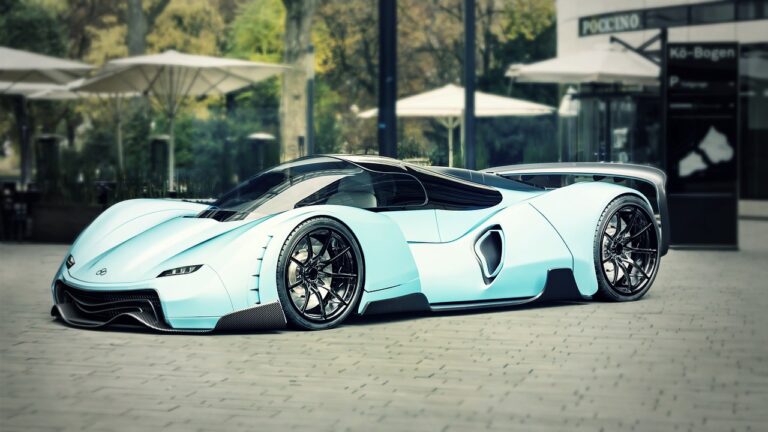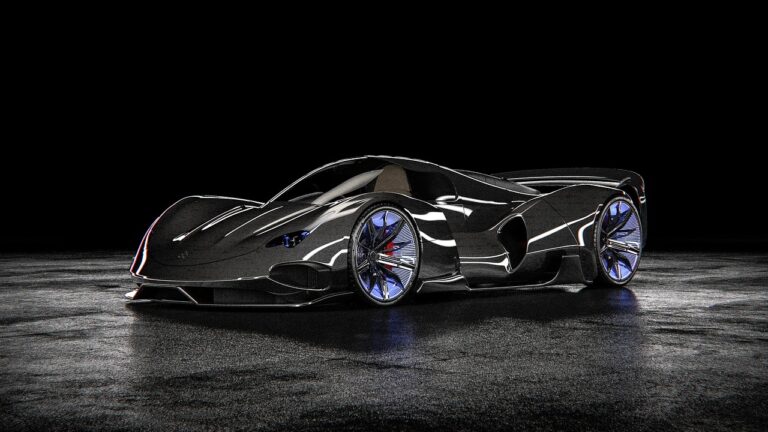Innovations in Suspension System Composite Spring Technology for Enhanced Performance
laserbook247, lotus 299.com, 11xplay reddy login password:When it comes to automotive performance, every detail counts. From horsepower to handling, every aspect of a vehicle can make a difference. One crucial component that often gets overlooked is the suspension system. A well-designed suspension system can dramatically improve a vehicle’s performance, providing better handling, stability, and overall driver comfort.
In recent years, there have been significant advancements in suspension system composite spring technology. These innovations have led to lighter, stronger, and more durable springs that offer enhanced performance benefits. In this article, we will explore some of the latest advancements in suspension system composite spring technology and how they are revolutionizing the automotive industry.
Advancements in Composite Spring Materials
Traditional suspension springs are typically made of steel. While steel springs are durable and relatively affordable, they are heavy and can be prone to corrosion. Composite materials, on the other hand, offer a lightweight alternative that is stronger and more resistant to corrosion.
One of the most common composite materials used in suspension springs is carbon fiber. Carbon fiber springs are significantly lighter than steel springs, reducing unsprung weight and improving overall vehicle dynamics. Additionally, carbon fiber is incredibly strong and has a high fatigue resistance, making it an ideal material for suspension components that undergo constant stress and vibration.
Another innovative material that is being used in suspension springs is fiberglass. Fiberglass springs offer a similar weight reduction and strength benefits as carbon fiber but at a lower cost. Fiberglass springs are also easier to manufacture in complex shapes, allowing for more customized spring designs that can improve performance even further.
Benefits of Composite Spring Technology
The use of composite materials in suspension springs offers a wide range of benefits for vehicle performance. Some of the key advantages include:
1. Weight Reduction: Composite springs are significantly lighter than steel springs, reducing unsprung weight and improving handling, ride comfort, and fuel efficiency.
2. Improved Durability: Composite materials have a high fatigue resistance, meaning they can withstand repeated stress and vibration without losing their strength or shape.
3. Corrosion Resistance: Composite materials are not susceptible to rust or corrosion, ensuring a longer lifespan for suspension components.
4. Customizability: Composite materials can be molded into complex shapes, allowing for more customized spring designs that can better meet the specific needs of a vehicle.
5. Enhanced Performance: The combination of weight reduction, durability, and customizability offered by composite springs can significantly enhance a vehicle’s performance, providing better handling, stability, and overall driving experience.
Recent Innovations in Composite Spring Technology
In recent years, there have been several groundbreaking innovations in suspension system composite spring technology that are pushing the boundaries of what is possible in terms of vehicle performance. Some of the most notable advancements include:
1. 3D Printed Springs: 3D printing technology has revolutionized the manufacturing process for composite springs, allowing for highly customized designs that were not possible with traditional manufacturing methods. 3D printed composite springs can be tailored to the specific requirements of a vehicle, providing improved performance and durability.
2. Nanocomposite Materials: Nanocomposite materials, which incorporate nanoparticles into the composite matrix, are being used to create springs that are even lighter and stronger than traditional composite materials. Nanocomposite springs offer enhanced performance benefits and improved longevity, making them an ideal choice for high-performance vehicles.
3. Nonlinear Spring Rates: Traditionally, suspension springs had a linear spring rate, meaning that the spring stiffness remained constant throughout its compression. Recent innovations have introduced nonlinear spring rates, where the stiffness of the spring increases as it compresses. Nonlinear springs provide a more progressive and responsive suspension system, improving handling and comfort.
4. Active Suspension Systems: Active suspension systems use sensors, actuators, and electronic controls to adjust the stiffness of the springs in real-time based on driving conditions. This technology allows for a more adaptive suspension system that can provide optimal performance in a wide range of driving scenarios.
5. Integrated Damping Systems: Some composite springs now come equipped with integrated damping systems that can help to absorb and dissipate energy from road disturbances. These damping systems improve ride comfort and reduce vibrations, leading to a smoother and more controlled driving experience.
The Future of Composite Spring Technology
As automotive manufacturers continue to push the boundaries of performance and efficiency, the future of composite spring technology looks bright. Advancements in materials science, manufacturing techniques, and design capabilities are paving the way for even lighter, stronger, and more durable suspension springs.
One of the most exciting developments on the horizon is the use of smart materials in composite springs. Smart materials, such as shape memory alloys and piezoelectric materials, have the ability to change their properties in response to external stimuli. By incorporating smart materials into suspension springs, manufacturers can create springs that can actively adjust their stiffness and damping characteristics based on driving conditions, further enhancing vehicle performance.
Furthermore, advances in simulation and modeling software are enabling more accurate and efficient design of composite springs. Computational modeling techniques can help engineers optimize the shape, thickness, and material composition of springs to maximize performance benefits while minimizing weight and cost.
Overall, the future of suspension system composite spring technology is filled with exciting possibilities. From lightweight carbon fiber springs to adaptive damping systems, these innovations are reshaping the automotive industry and driving towards a future where vehicles are safer, more efficient, and more enjoyable to drive.
—
FAQs
Q: Are composite springs more expensive than traditional steel springs?
A: Composite springs are typically more expensive to manufacture than traditional steel springs due to the higher cost of materials and manufacturing processes. However, the long-term benefits in terms of weight savings, durability, and performance often outweigh the initial cost.
Q: Are composite springs suitable for all types of vehicles?
A: Composite springs are suitable for a wide range of vehicles, from compact cars to high-performance sports cars. However, the specific requirements of each vehicle should be considered when choosing the type of composite material and spring design.
Q: Can composite springs be retrofitted to older vehicles?
A: In some cases, composite springs can be retrofitted to older vehicles that originally had steel springs. However, it is essential to consult with a professional automotive technician to ensure compatibility and proper installation.
Q: Do composite springs require special maintenance?
A: Composite springs are generally low maintenance compared to steel springs, as they are resistant to corrosion and have a high fatigue resistance. Regular inspections for wear and tear are recommended to ensure optimal performance.
Q: How do composite springs compare to air suspension systems?
A: Composite springs offer a lightweight and durable alternative to air suspension systems, which can be prone to leaks and require more maintenance. Composite springs are also less complex and more cost-effective than air suspension systems, making them a popular choice for many vehicle applications.







